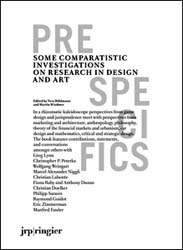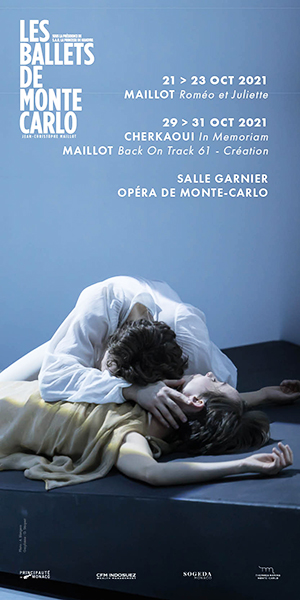Prテゥsentation
Sous la direction de Vera Bテシhlmann et Martin Wiedmer
Pre-specifics. Some Comparatistic Investigations on Research in Design and Art
Cette publication, au graphisme et テ la mise en page spテゥcifiques, entend montrer comment le design franchit actuellement les frontiティres disciplinaires traditionnelles, en テゥtant rテゥinvesti dans les champs de l窶冓ndustrie, de l窶兮rchitecture et de l窶冰rbanisme, de l窶兮nthropologie, de la philosophie, des thテゥories テゥconomiques…
Extrait de ツォThe book, its form and its contentsツサ par les responsables de la publication (en anglais)
ツォBeyond all exaggeration and doubt, it is safe to say that we have never written, published, and read more than we do today, between email and internet, office and fiction, newspapers, books, and blogs, and the discourse around configuration and design makes no exception. If we were to lay aside the possibility of a critical evaluation of this phenomenon, the normative power of the factual remains, and so does the claim that the increasingly digitalized infrastructure of our culture can be said to fuel this expansion of the realm of signs. This proliferation and the growing speed of exchange could, without giving in to an uncritical affirmation, be interpreted in a macro-economic sense yet as the positive basis for a kind of ツォツcultural affluenceツツサ, referring to the possibility that the flood itself could be conceived as an irrigation in the context of a new kind of tilth, and facilitate genuine forms of immaterial cultivation.
Transformations in infrastructure usually feel less than spectacular. They do, however, have clear and almost ubiquitous effects. We talk and write more about design, not only because we simply happen to talk and write more, but actually, more and more people tend to ツォツconfigurateツツサ much more often than they used to. Where earlier-that is less than two decades ago-forms were filled out or other relatively fixed formats were handled, people ツォツdesignツツサ electronic ツォツdocumentsツツサ today, everyone and on all occasions. There are about 13 billion websites, and each one of them presupposes that a specific setting was chosen and a decision for something to be like this (and not diffテゥrently) was made and implemented, a decision that can only partly be accounted for by purely analytical means. These acts involve a synthesizing practice, they are configurations, acts of creative designation. Of course, this also goes for non-digital objects, for objects that apparently still draw their origins and relationalities from an earlier time.ツサツ
Diffusion : Les Presses du rテゥel



 parisART sur Instagram
parisART sur Instagram